Dogs love humans, and humans—well, “dog people” at least—love dogs. But humans need to make a living to put food on the table and…in the dog bowl. In the case of a physician, work often entails long hours spent in the clinic or hospital. But while the doctor is away, will the dog be okay?
Not all dogs are suited to be left home alone. Some freak out and go for the sofa and curtains. Countless owners have come home to find their favorite shoes destroyed or the stuffing from their recliner strewn across the floor. Furthermore, puppies are particularly needy and shouldn’t be left alone while developing life skills.
Here are five breeds of grown dogs that do well for long stretches at home alone:
Bull terriers
Life expectancy: 12-13 years
Height: 21-22 inches
Weight: 50-70 pounds
Do you remember Spuds Mackenzie? Well, that party animal was a bull terrier. Bull terriers are playful, devoted, and loving, although they can sometimes be stubborn. Although they love affection and exercise, bull terriers can live without it while their owners are at work. Many people unfairly think that the bull terrier is aggressive. Instead, the bull terrier is a guardian and will jump into action when defending his abode. The bull terrier views being home alone as work: an opportunity to protect the house. So while you’re out working, the dog is inside working, too (and not ripping up your bath robe). In addition to being able to stay home unattended, the bull terrier has a short, flat coat that requires only weekly grooming.
Pugs
Life expectancy: 13-15 years
Height: 10-13 inches
Weight: 14-18 pounds
The pug is a dog of royalty. Not only did it serve as a beloved companion to Chinese emperors, the pug was also the emblem for Holland’s House of Orange, the royal family of the Netherlands. These cute little guys always prefer a warm cushion to a romp in the park. Their lazy nature makes them perfect to leave home alone. But, if you’re looking for a dog that can stay home alone all day and then be your exercise partner when you return, the pug is definitely not a good fit. If, however, you’re looking for a dog that will spend all day chilling on a pillow and then lounge on your lap when you get home, this is the dog for you. One thing to know about pugs: They have a tendency to gain weight (surprise!). Considering that pugs already prefer a supine lifestyle, you will want to closely watch their diets and not flood them with treats.
Miniature Schnauzers
Life expectancy: 12-15 years
Height: 12-14 inches
Weight: 11-20 pounds
Don’t let their diminutive size fool you—miniature schnauzers are all heart. These smart, affectionate dynamos can easily stay home alone as long as you keep them entertained with a toy or encourage their role as sentinel. Laudably, these little guys take the role of guard dog very seriously and are known to bark incessantly. (If you’re living in an apartment, keep this bit of info in mind.) Another trait that makes miniature schnauzers good pets is that they don’t shed too much and are hypoallergenic.
Bullmastiffs
Life expectancy: 7-9 years
Height: 25-27 inches (male), 24-26 inches (female)
Weight: 110-130 pounds (male), 100-120 pounds (female)
As long as you’re not an intruder, bullmastiffs—a cross between a bulldog and mastiff—are loving, gentle giants. These dogs are biddable, fearless guard dogs, and in England, they used to catch poachers. Being a large dog, the bullmastiff requires a bit more attention. Furthermore, it sheds seasonally. One great thing about bullmastiffs is that despite being guard dogs, they don’t bark too much. Finally, as with any large guard dogs, owners need to train and socialize these guys early, while they are still puppies.
Golden retrievers
Life expectancy: 10-12 years
Height: 23-24 inches (male), 21.5-22.5 inches (female)
Weight: 65-75 pounds (male), 55-65 pounds (female)
The golden retriever is an easy dog and one of the most popular breeds in the United States. They’re smart and love to learn. They also love to please their owners. These dogs can incrementally be trained to spend time alone at home without causing a fuss. In fact, these beautiful dogs will actually see staying at home alone as a task to please their owners. Note that these dogs require attention: regular exercise and grooming (they can shed heavily) are musts.
So how long can a dog stay home alone? In one small video-taped study, researchers found that dogs did not act differently at home when left for 30 minutes, 2 hours, or 4 hours, but they did get more excited on return of their owner after longer periods of time left alone. Their bodies shook, their tails wagged more vigorously, they were more attentive, and they were more physically active on their owners’ return. (Because they love you!) Please keep in mind that you don’t want to keep your dog alone more than between 8 and 10 hours. You certainly don’t want to leave your dog alone if you’re doing a 24-hour call. In these situations, a dog sitter is a good idea.

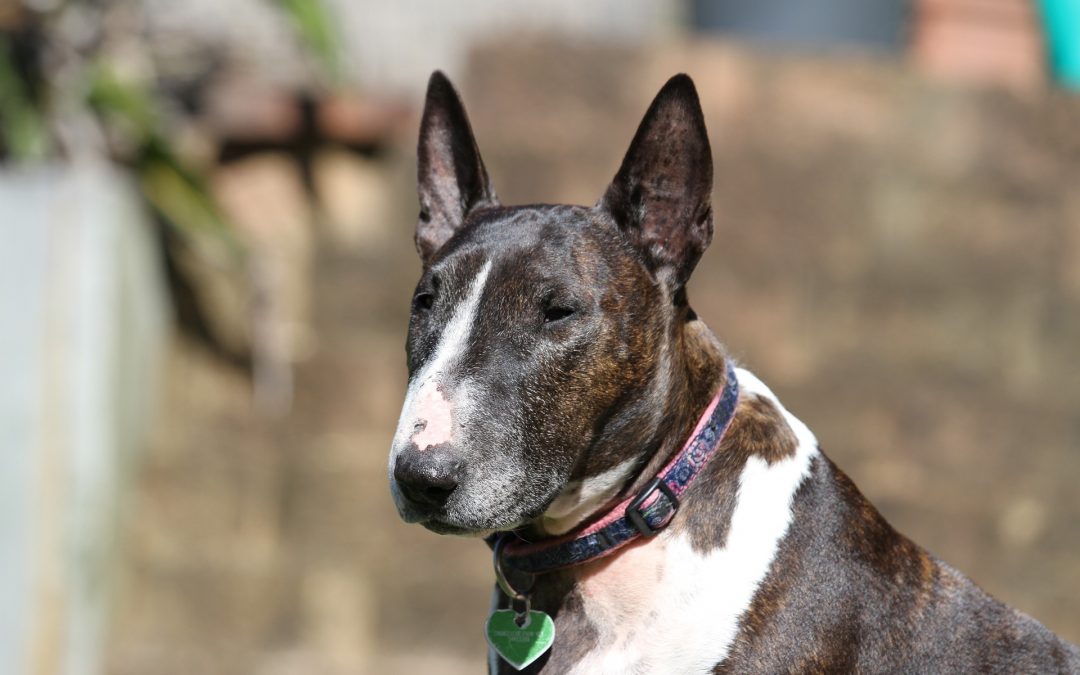
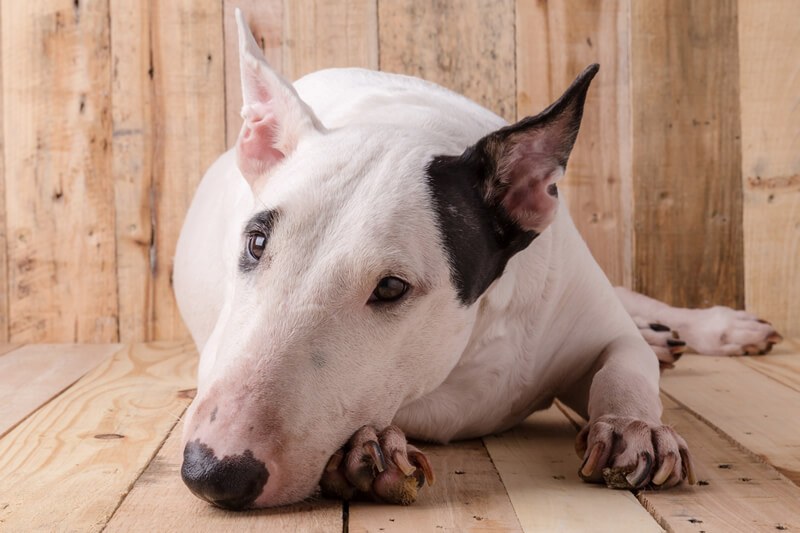
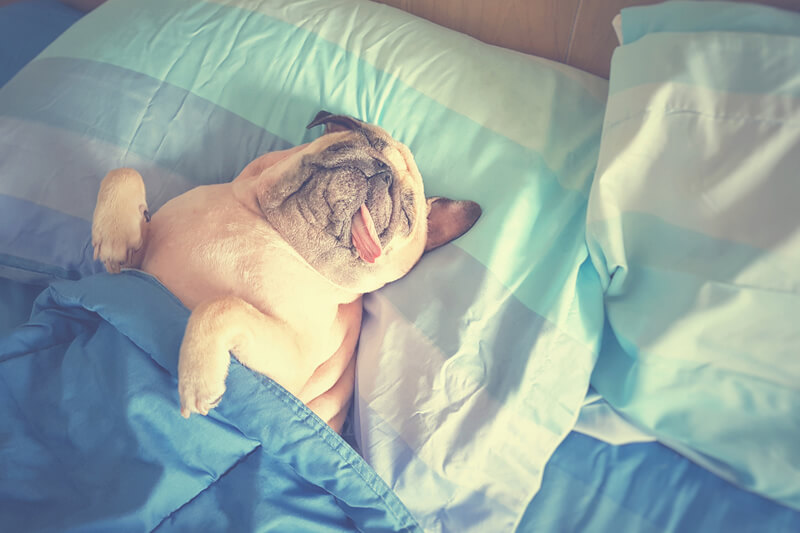
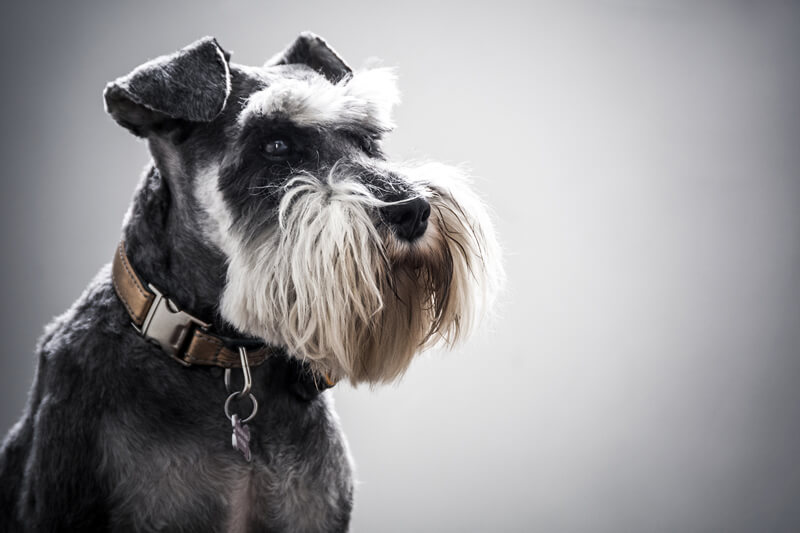
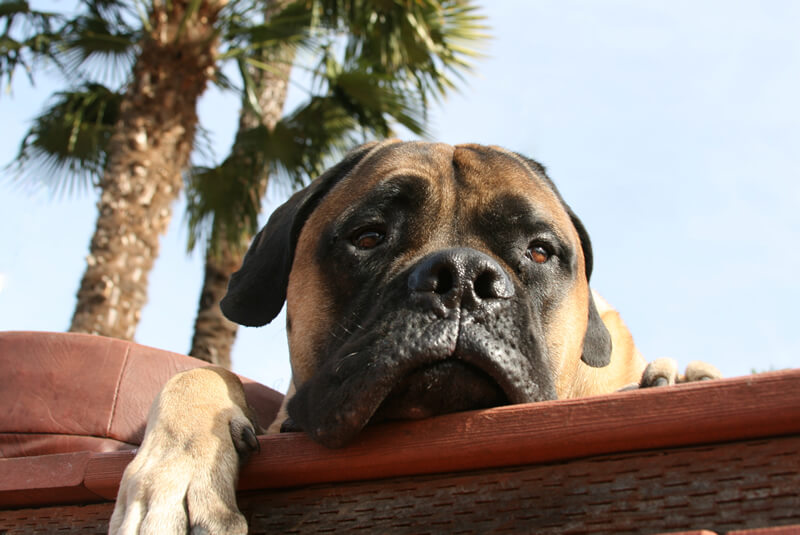
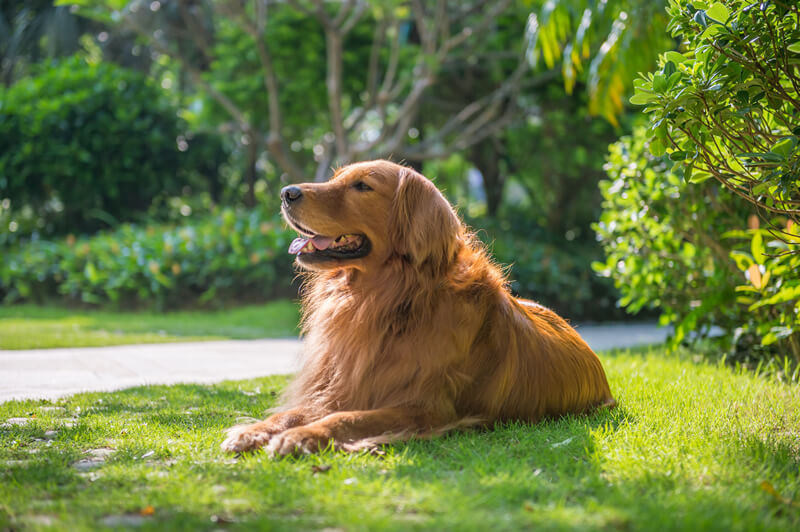

Recent Comments